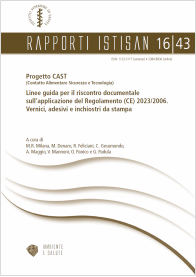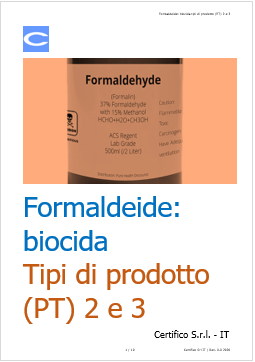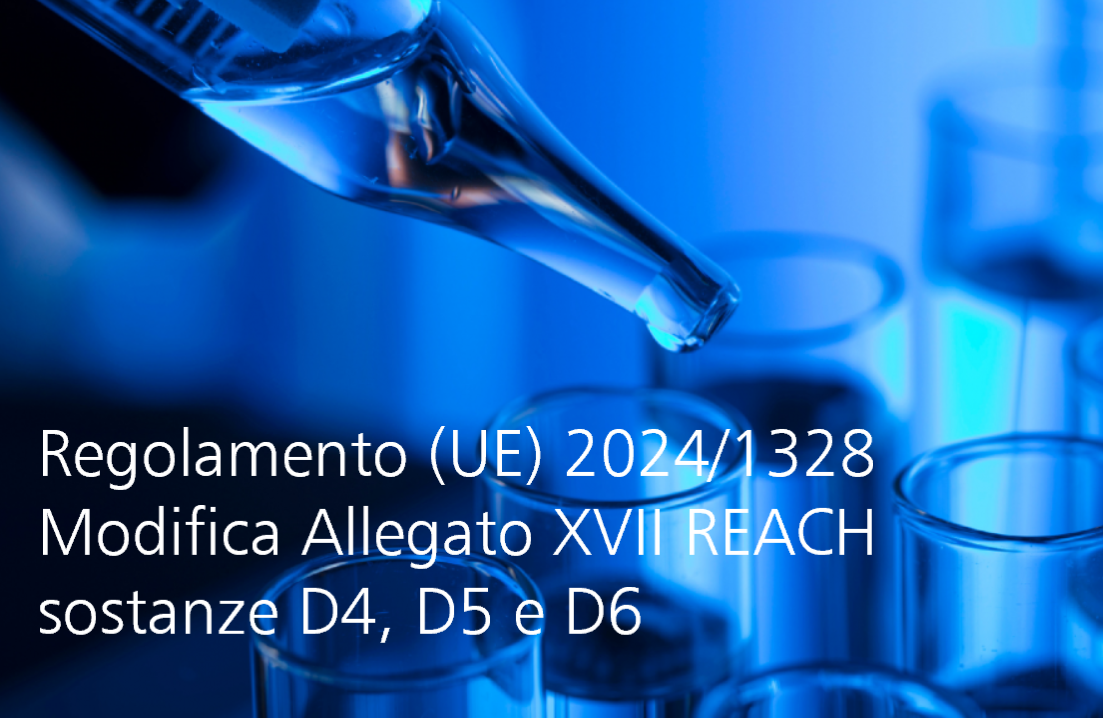Informazione tecnica HSE / 25 ° anno
/ Documenti disponibili:
45.679
/ Documenti scaricati: 34.727.000
/ Documenti scaricati: 34.727.000
ID 16301 | 01.04.2022 / In allegato
This ninety-fourth volume of IARC Monographs contains evaluations of the carcinogenic hazard to humans of ingested nitrate and nitrite, microcystins and nodularin. This is the first Monographs review of these agents, which were nominated as high priorities for future evaluation by the most recent Advisory Group (IARC, 2003).
In view of the body’s conversion of nitrate to nitrite and then to N-nitroso compounds, interpretation of the epidemiological studies on nitrate/nitrite ingestion was aided by mechanistic information on factors that accelerate or inhibit this conversion.
Some epidemiological studies of high nitrate ingestion primarily from vegetables found reduced risks of gastric cancer, while other studies of nitrate/nitrite ingestion from nitritepreserved meats found increased risks.
Mechanistic studies show that the formation of Nnitroso compounds is accelerated by the presence of nitrosatable compounds (found in meat) and inhibited by vitamin C and other antioxidants (found often in vegetables).
These inferences about N-nitrosamine formation are consistent with the epidemiological studies that examined interactions between nitrite and antioxidants and with the animal bioassays that investigated various combinations of nitrate/nitrite, nitrosatable compounds, and antioxidants.
The cancer hazard from nitrate/nitrite ingestion cannot be determined without considering these other factors. Accordingly, the Working Group defined the agent not as “ingested nitrate or nitrite”, but as “ingested nitrate or nitrite under conditions that result in endogenous nitrosation”. This marks the first use of a mechanistic event (endogenous nitrosation) leading to carcinogenesis in the wording of an evaluation statement.
...
Ingested nitrate or nitrite under conditions that result in endogenous nitrosation is probably carcinogenic to humans (Group 2A).
add more in attachment
Collegati

ID 3893 | 13.04.2017
Linee guida per il riscontro documentale sull’applicazione del Regolamento (CE) 2023/2006. ...

ID 12159 | 26.11.2020 / Documento di lavoro completo allegato
In allegato i Documenti "Report Evaluation of active substances" per l'approvazione iniziale DE ...

ID 21873 | 17.05.2024
Regolamento (UE) 2024/1328 della Commissione, del 16 maggio 2024, che modifica l’allegato XVII del r...
Testata editoriale iscritta al n. 22/2024 del registro periodici della cancelleria del Tribunale di Perugia in data 19.11.2024